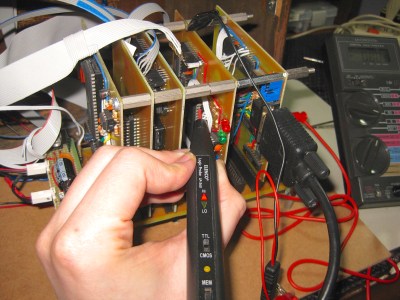For those of a certain vintage, no better day at school could be had than the days when the teacher decided to take it easy and put on a film. The familiar green-blue Bell+Howell 16mm projector in the center of the classroom, the dimmed lights, the chance to spend an hour doing something other than the normal drudgery — it all contributed to a palpable excitement, no matter what the content on that reel of film.
But the best days of all (at least for me) were when one of the Bell Laboratory Science Series films was queued up. The films may look a bit schlocky to the 21st-century eye, but they were groundbreaking at the time. Produced as TV specials to be aired during the “family hour,” each film is a combination of live-action for the grown-ups and animation for the kiddies that covers a specific scientific topic ranging from solar physics with the series premiere Our Mr. Sun to human psychology in Gateways to the Mind. The series even took a stab at explaining genetics with Thread of Life in 1960, an ambitious effort given that Watson and Crick had only published their model of DNA in 1953 and were still two years shy of their Nobel Prize.
Produced between 1956 and 1964, the series enlisted some really big Hollywood names. Frank Capra, director of Christmas staple It’s a Wonderful Life, helmed the first four films. The series featured exposition by “Dr. Research,” played by Dr. Frank Baxter, an English professor. His sidekick was usually referred to as “Mr. Fiction Writer” and first played by Eddie Albert of Green Acres fame. A list of voice actors and animators for the series reads like a who’s who of the golden age of animation: Daws Butler, Hans Conried, Sterling Halloway, Chuck Jones, Maurice Noble, Bob McKimson, Friz Freleng, and queen and king themselves, June Foray and Mel Blanc. Later films were produced by Warner Brothers and Walt Disney Studios, with Disney starring in the final film. The combined star power really helped propel the films and help Bell Labs deliver their message.
Continue reading “Retrotechtacular: The Bell Laboratory Science Series”


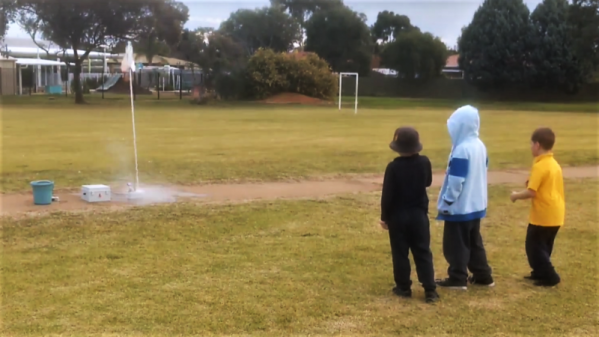

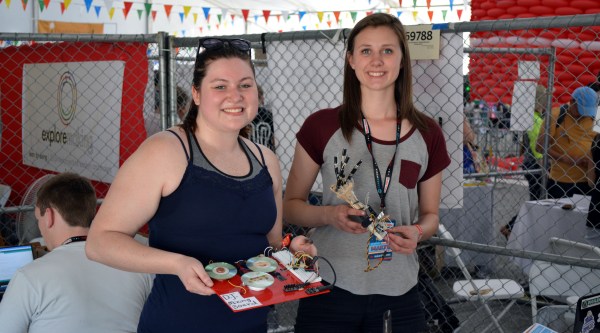
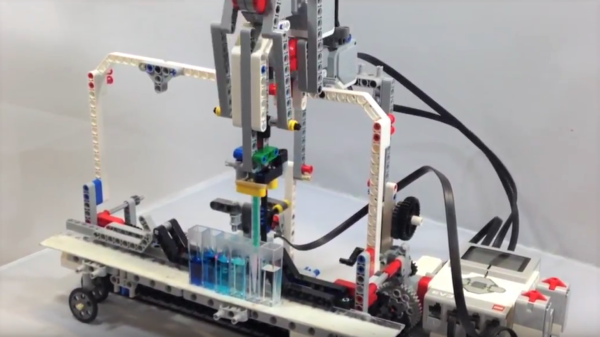
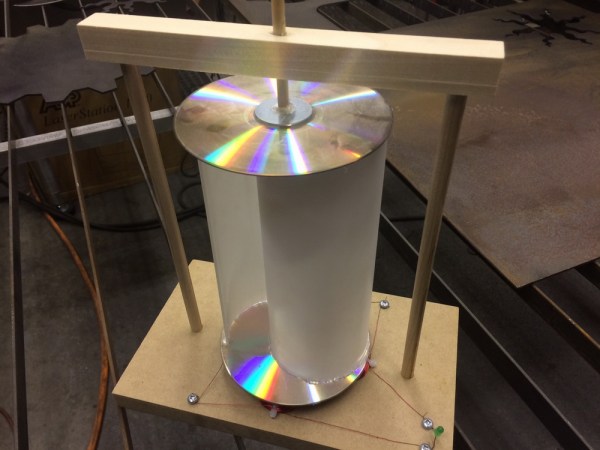
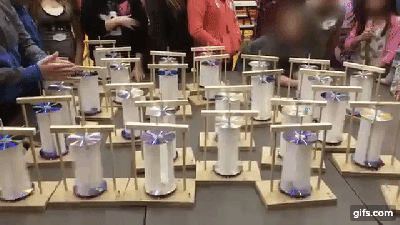
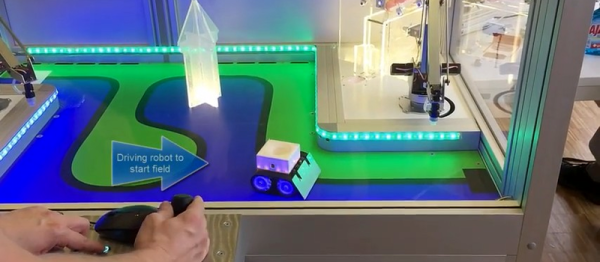

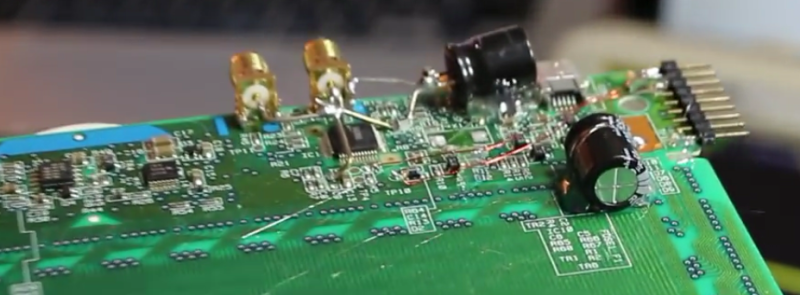 We know, watching 30 minutes of video these days is a huge ask, just watch it and thank us later.
We know, watching 30 minutes of video these days is a huge ask, just watch it and thank us later. This year we spotted [Debra Ansell] at Maker Faire, not as an exhibitor but an attendee taking her newest creation out in the wild. [Debra’s] LED matrix handbag is
This year we spotted [Debra Ansell] at Maker Faire, not as an exhibitor but an attendee taking her newest creation out in the wild. [Debra’s] LED matrix handbag is 